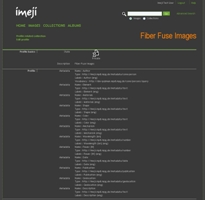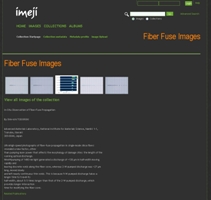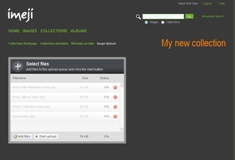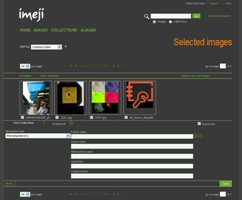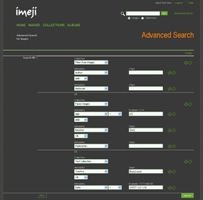Imeji Functionalities
|
About[edit]
Imeji is the successor of the software used for the FACES and the DIAMONDS projects.
With Imeji, users can create own image collections and albums. For each collection, a metadata profile can be defined to describe the characteristics of the images within by using texts, numbers, controlled vocabularies, dates, locations, or URIs, giving all metadata elements own labels. This enables complex queries and faceted display of search results. Imeji allows an easy and efficient upload of images through the web browser. Metadata can be edited comfortably for single or multiple images, allowing also efficient maintenance of larger image sets. Subsets of images can be created as albums for re-use in publications. Albums offer stable citations of the subset after released to public.
This page gives a short overview of all Imeji solution functionalities. For further support, please check our support page.
The detailed functional Specifications can be found here.
General Definitions
- Collection: has exactly one collection-level metadata profile, and specific image-level metadata profile. It can happen that image-level metadata profiles are used in several collections
- Album: can contain pictures from several collections --> images within an album could have different metadata profiles
Metadata Profile Management[edit]
|
Collection Management[edit]
|
Upload[edit]
|
Data ingest by the user
|
Metadata Editing[edit]
|
Browsing[edit]
|
Search[edit]
|
Albums[edit]
|
Further Features[edit]
|
Outlook[edit]
- Versioning
- General, no versioning will be provided
- One exception:
- Permlink scenario: the user wants to cite the current state of the collection --> he can create a version with a citable URL
- Edit metadata values
- Keep in mind that there are two different use cases possible:
- if edit can be done under a couple of seconds without any errors (preferred way)
- if not, should certainly be specified something like an edit workspace where a report can be displayed etc. (not so nice)
- --> depends on the results of the dev team demonstrators!
- Keep in mind that there are two different use cases possible:
